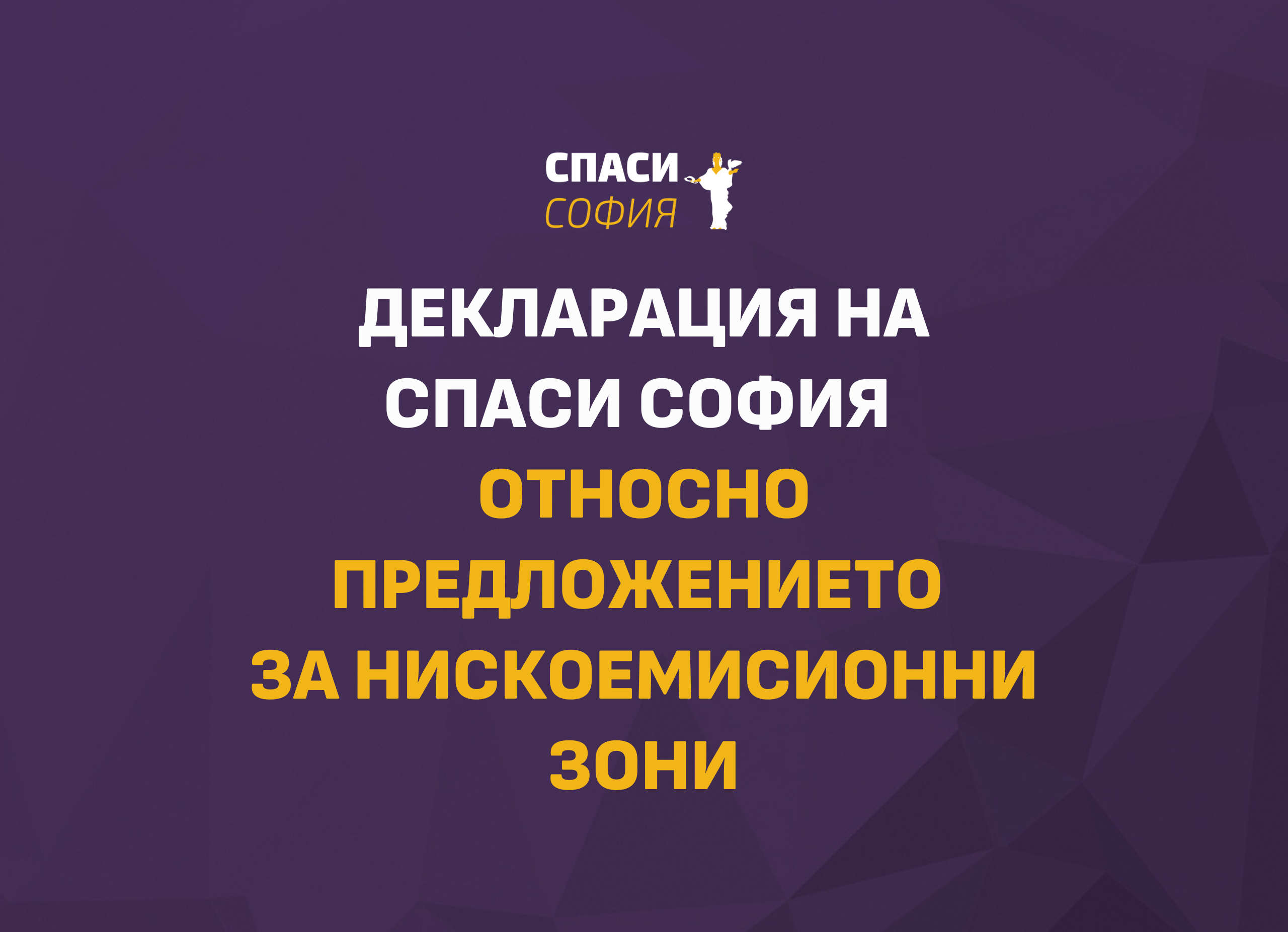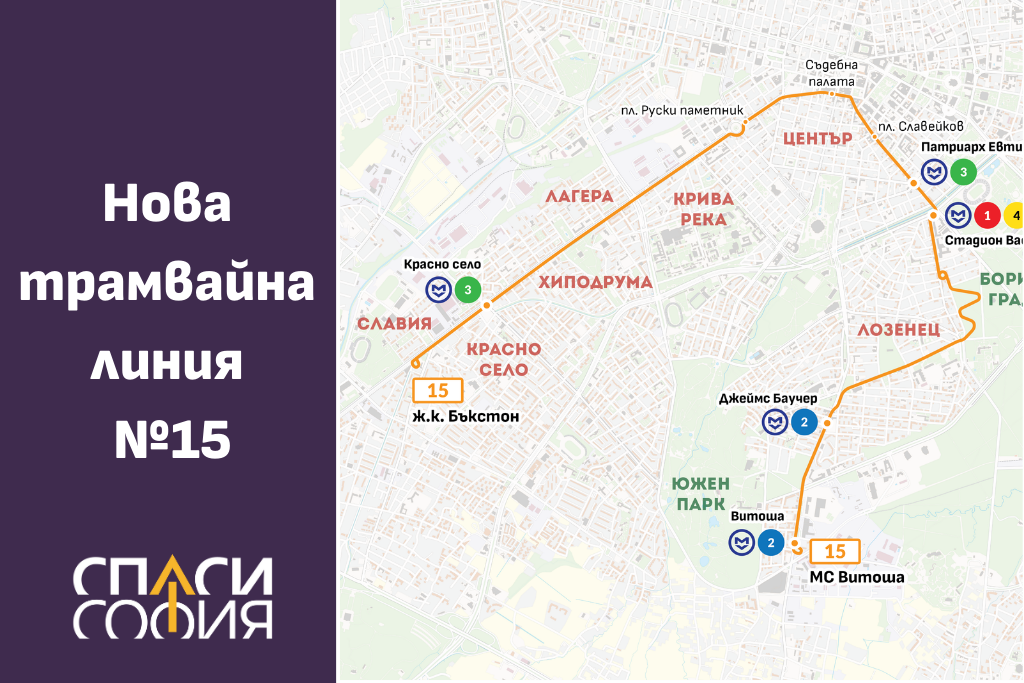| An article from Cities of the Future |
A young mayor tackles one of Europe’s most polluted capitals
As mayor of Tirana, Albania, Erion Veliaj has introduced alternatives modes of transport to the city’s traffic-clogged streets and made the public a full partner in the process.
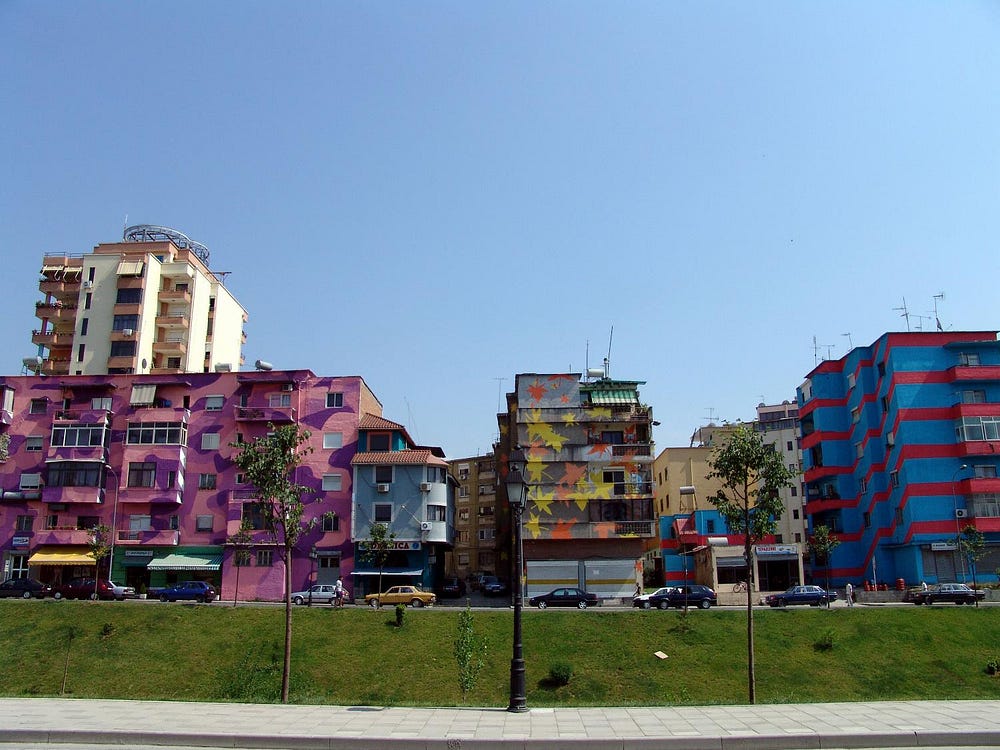
Tirana’s colorful buildings — Wikimedia Commons
At a roundtable on walkable and cyclable cities at the Smart City Expo World Congress in Barcelona this week, Erion Veliaj, the mayor of Tirana, Albania, stole the show. The Justin Trudeau-like mayor was quick witted and open about Tirana’s challenges. Twenty five years ago, he said, Albania was the North Korea of Europe. The capital Tirana had exactly 17 cars, all belonging to politburo members and the head of the army. Today it has 170,000 cars. That explosion in car ownership has produced acute traffic and severe pollution, exacerbated by the age of the cars — 16 years on average — and poor fuel quality. Veliaj’s predecessors tried to solve the issue by adding more lanes, which he describes as “the equivalent of fighting obesity by loosening your belt.”
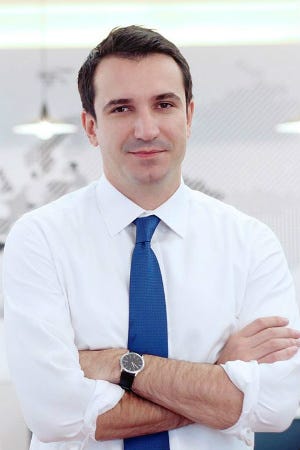
Erion Veliaj
In figuring out how to tackle the problem, the overarching question is one of values, he said. “The value question [city mayors] need to answer is: What is our ambition? Is our ambition that every poor person eventually gets a car or that rich people eventually get on the bus. Once we answer this question we can answer questions of budget and finances and infrastructure.” His own ambition is clearly toward a more walkable future. “Walking is our natural state, not to sit behind the wheel,” he said.
Elected in July 2015, Western-educated Veliaj quickly employed digital technology as a way to connect more directly with the citizenry. In February, the Tirana Ime app was introduced that enables the public to report real-time problems and concerns to municipal staff. He also made the city’s CCTV cameras accessible, so people could assess their own commute, giving them the power to decide, as he put it, while also educating them about what traffic does to a city.
But how do you shift culture — in this case a culture that, like much of the West, is heavily attached to its cars? Veliaj’s secret weapon is kids.
“Kids are fantastic when it comes to being a mayor’s advocate,” he said. When the city organized days without cars, closing most of the city to traffic, the only people who got excited were the kids, he said. The adults protested.
Kids don’t have an agenda, don’t own cars, don’t vote, and don’t pay taxes, he pointed out. “Children have no strings attached when they make decisions.” Instead they asked their parents for rollerblades, skateboards and other ways to enjoy the car-free streets and this brought the parents around.
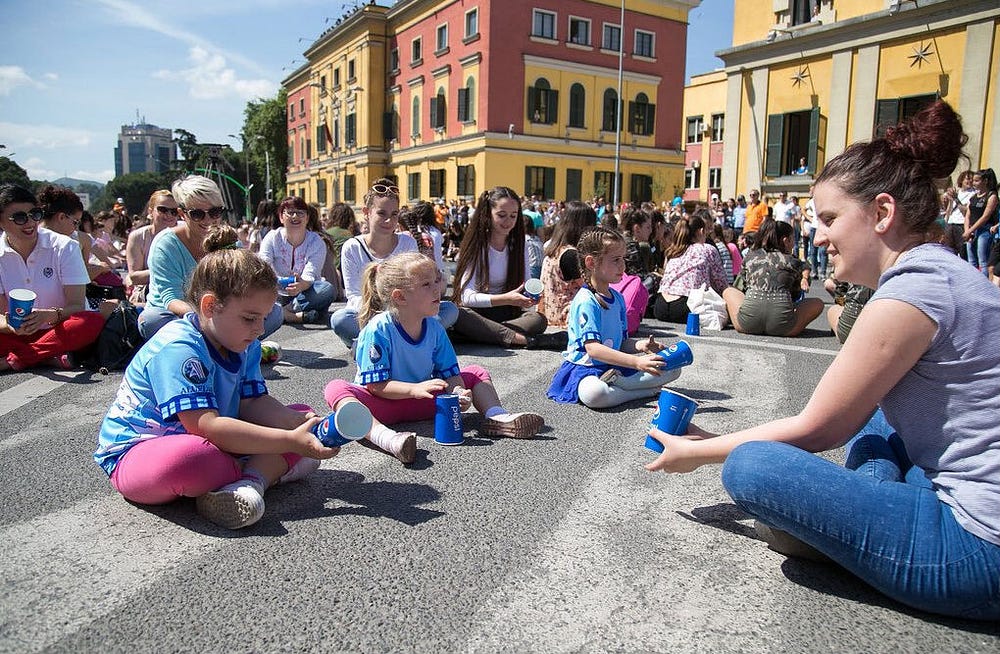 Car Free Day 2015 — Source: Erion Veliaj on Twitter
Car Free Day 2015 — Source: Erion Veliaj on Twitter
“Eventually we were able to win the city without spending a cent on advertising or in lobbying for change, but rather recruiting children. Children are like planting a revolutionary in every household when it comes to alternative transport and occupying streets.” In fact, the transformation was so successful that when the city opened up one of the main squares to traffic again after a series of public events had closed it to vehicles, the people who had protested the initial closing, now protested its opening. Much of this success comes from educating the public. “When we did our first days without cars,” Veliaj said, “we put an electronic board that showed exactly how the micro particles would drop from the city air on the days without cars.”
The city also educated the public about the relative costs of owning a car. In focus groups, people were asked what was the most important thing in their life, and being a Balkan country where family is central, everyone replied “children.” With that answer came the assumption that most of the budget went to raising children as well.
“Then we calculated that actually between the purchase of the car, maintenance, insurance, gas and whatever else, people were spending on an average household 30% of their income for the car, not for the child,” he said. “People were shocked to find out, because no one ever did the calculation. It was mostly folklore that children are first. But actually it never added up, cars were first. Then people realized that we had, without our knowledge, shifted our system of values from what we felt was important.”
It is one of many telling stories Veliaj offered about the gradual transformation of his city. Coming from a civil society activist background, he said people needed organizing, and “the job of the city is to be a chief organizer when it comes to people using alternative modes of transport.” Veliaj wants people to reclaim the streets through civic action. And maybe children will be leading the way.


